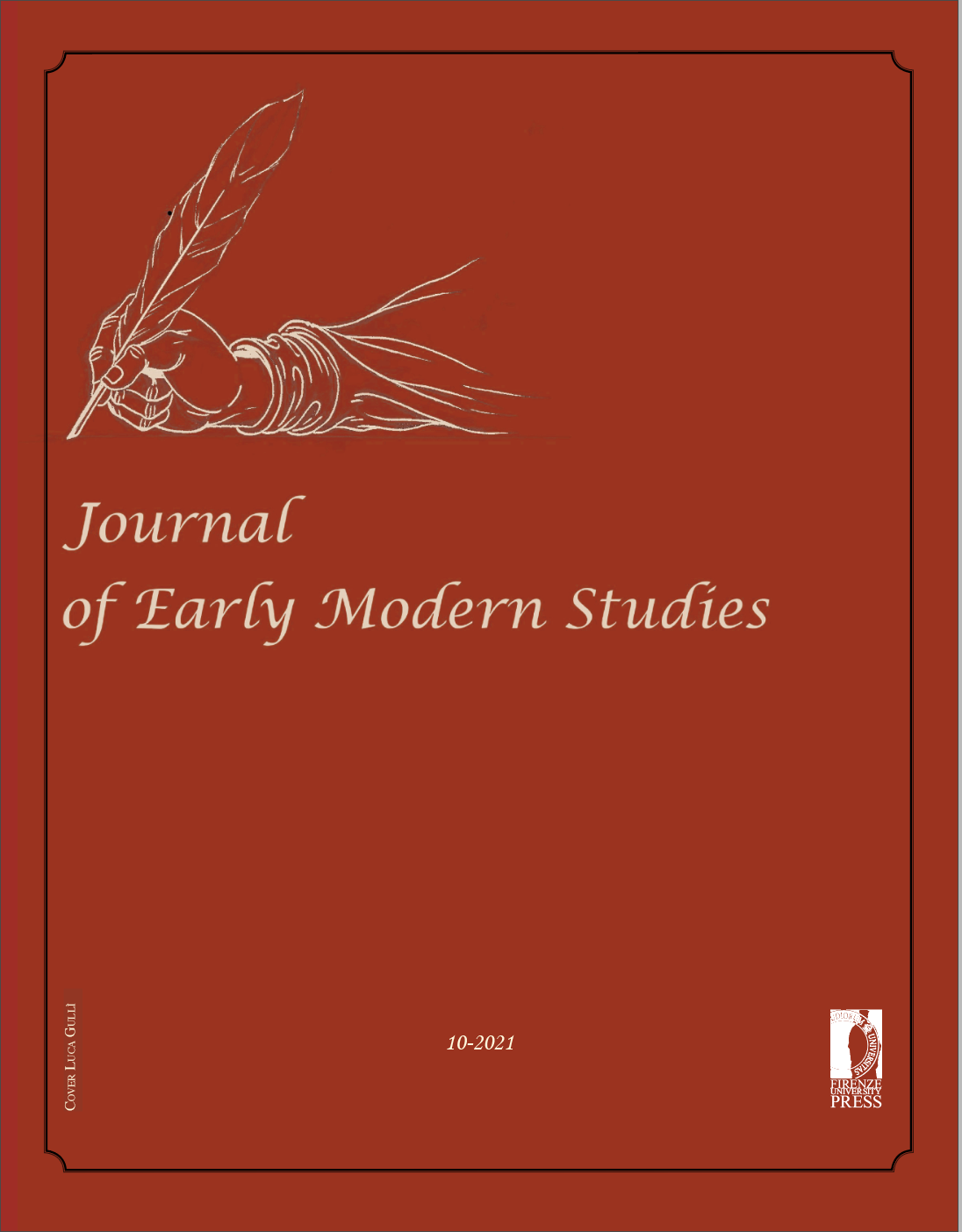Published 2021-03-15
Keywords
- Early Modern Drama,
- Gender,
- Infection,
- Revenge
How to Cite
Abstract
The article examines representations of female revenge within early modern drama. While much scholarship frames revenge as a primarily masculine form of expression, the article argues that revenge is not solely a male-specific endeavour. Rather, there is an interconnectedness between female revengers’ modes of vengeance and their identities as women. This is present across multiple comedic and tragic works, with the bodies of female characters becoming the instruments of their revenge. Accordingly, these characters’ quests for vengeance signify not a departure from, but an embracing of female agency and nature. However, while this may suggest that revenge helps empower and showcase female characters, the language used to define their actions is often filled with imagery of disease and suffering. Thus characterised as agents of infection, female revengers are often more vilified than they are empowered. And, as female bodies are integral to the expression of female revenge, so too are feminine identities deemed transgressive. The article develops this argument over three sections: a discussion of early modern discourses on bodies, gender and infection; an analysis of how female bodies are implicated in dramatic depictions of female revenge; and, a discussion of how such representations conflate female bodies with infection, subversion and violence.


